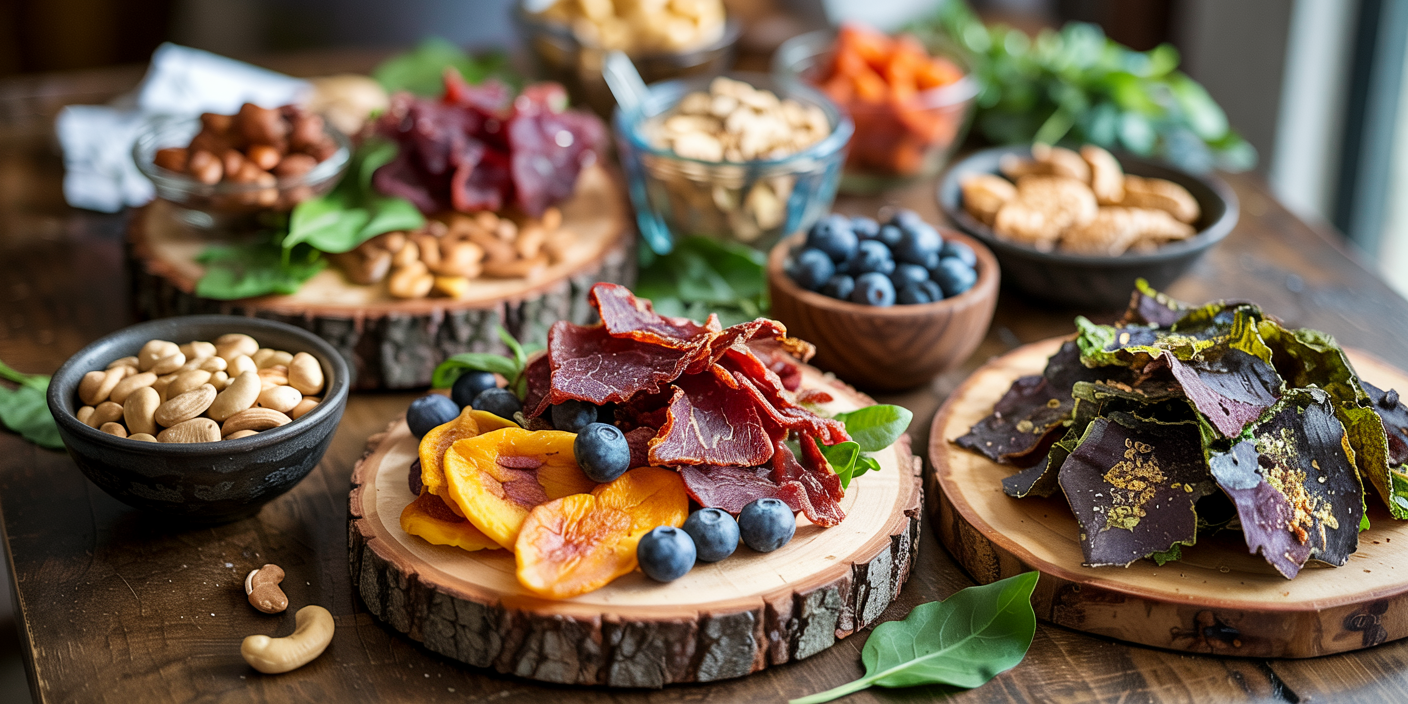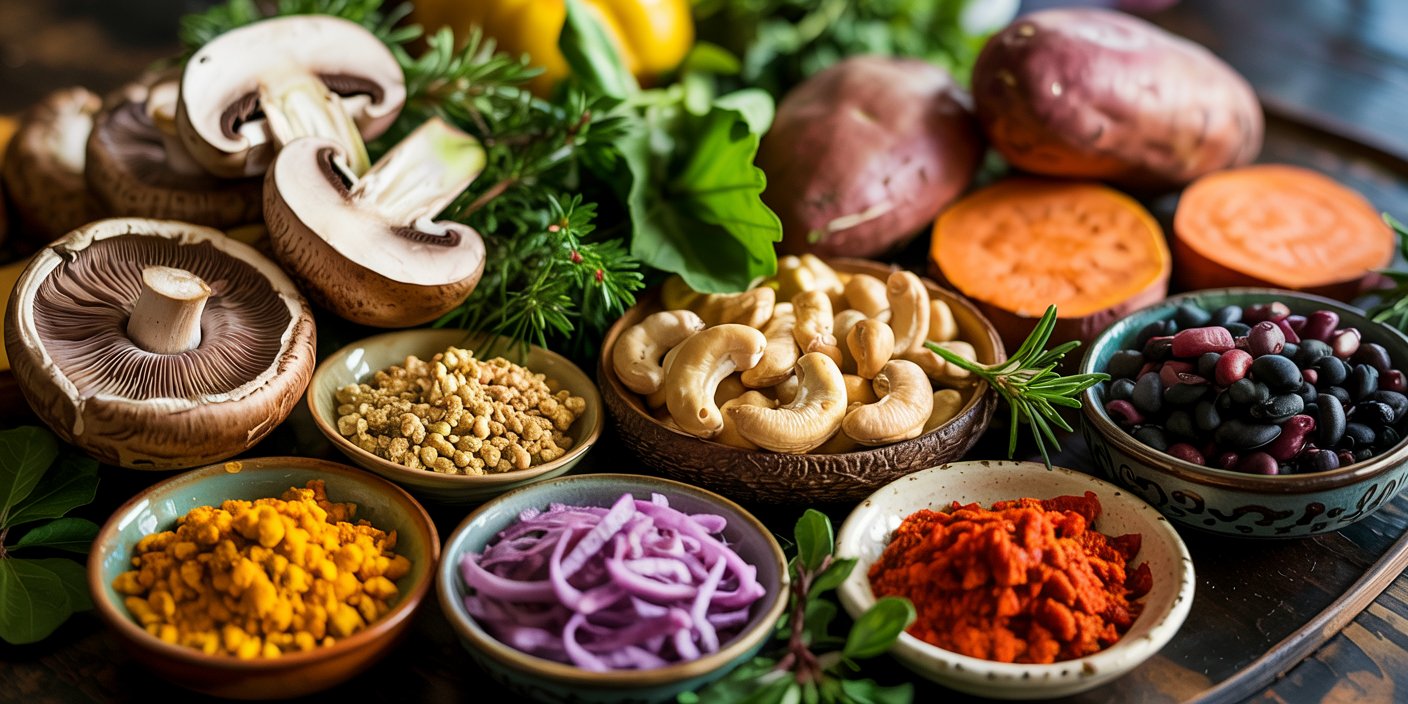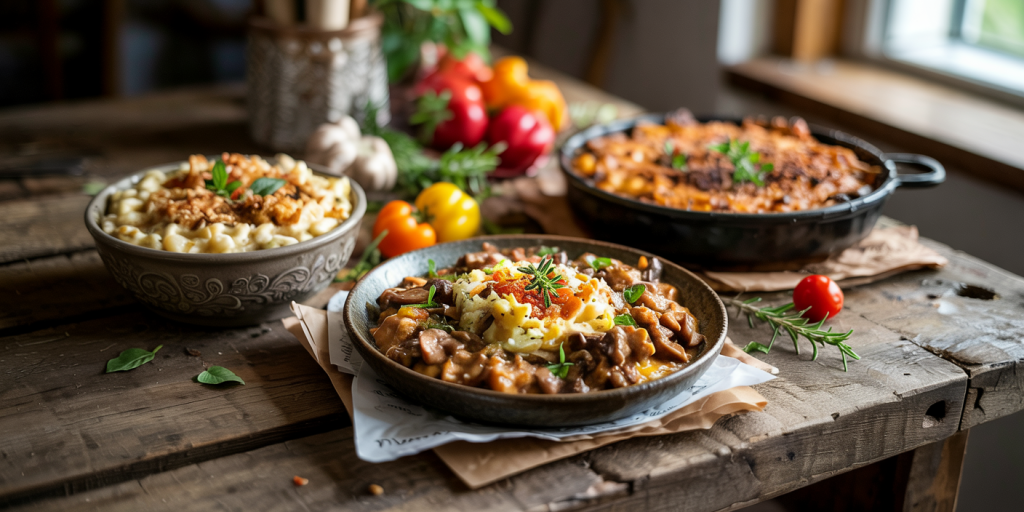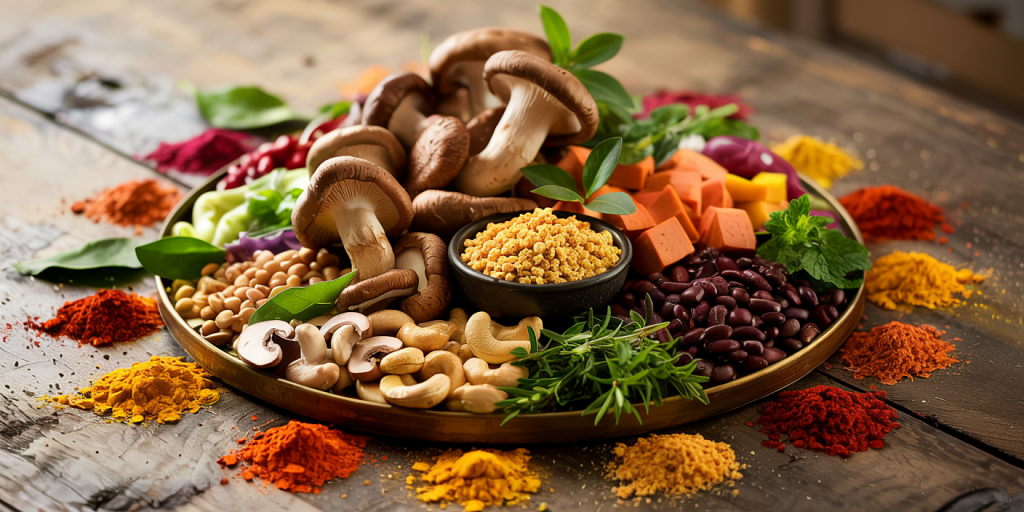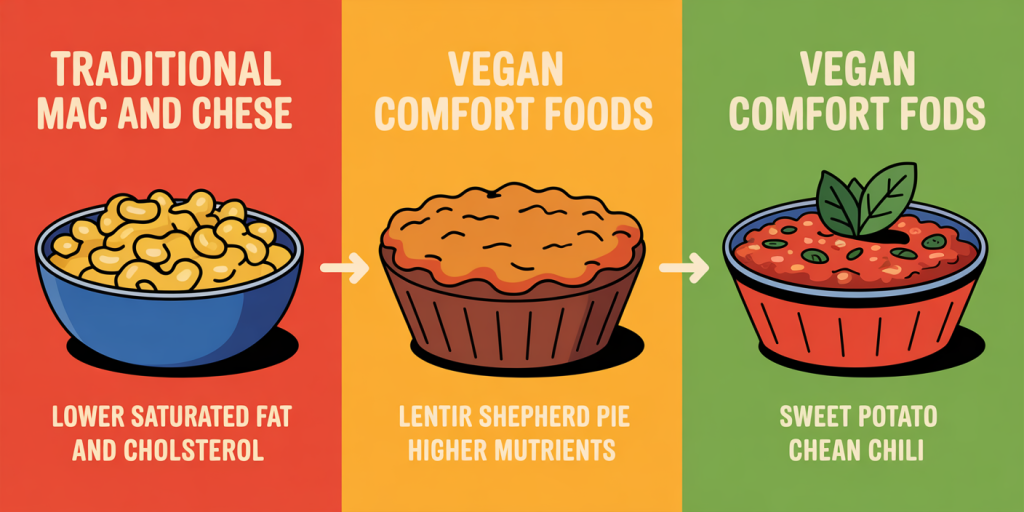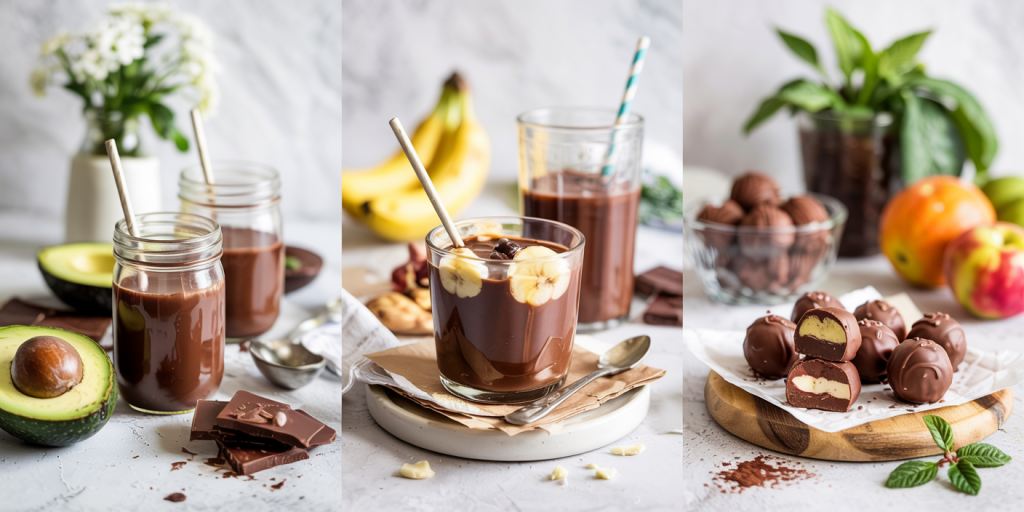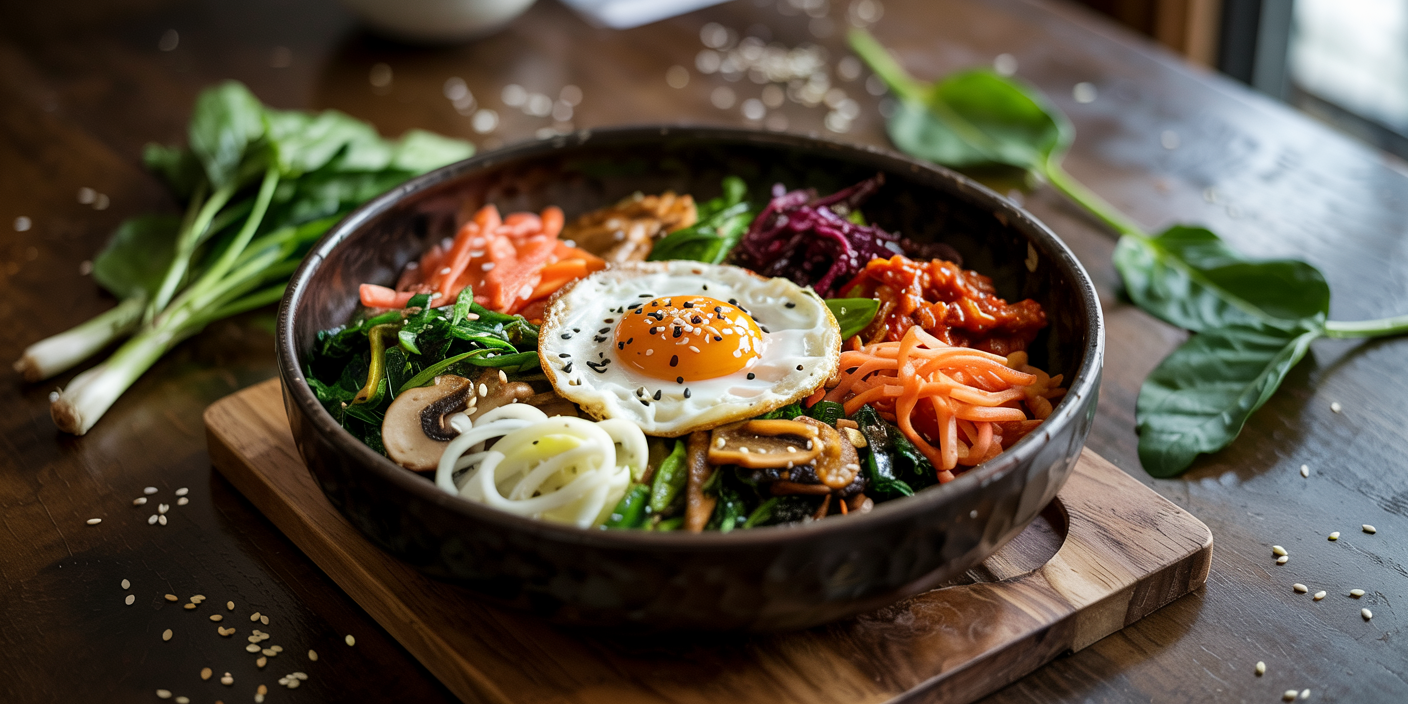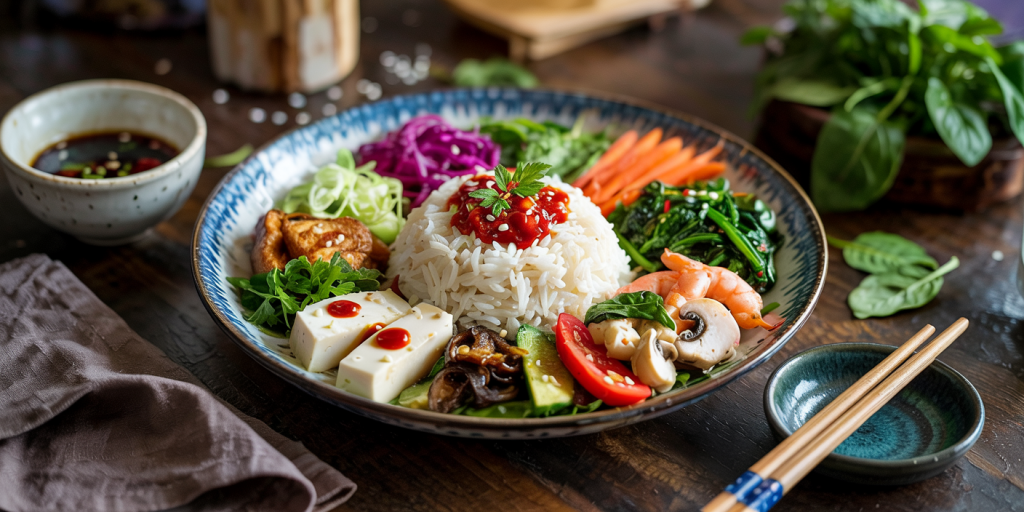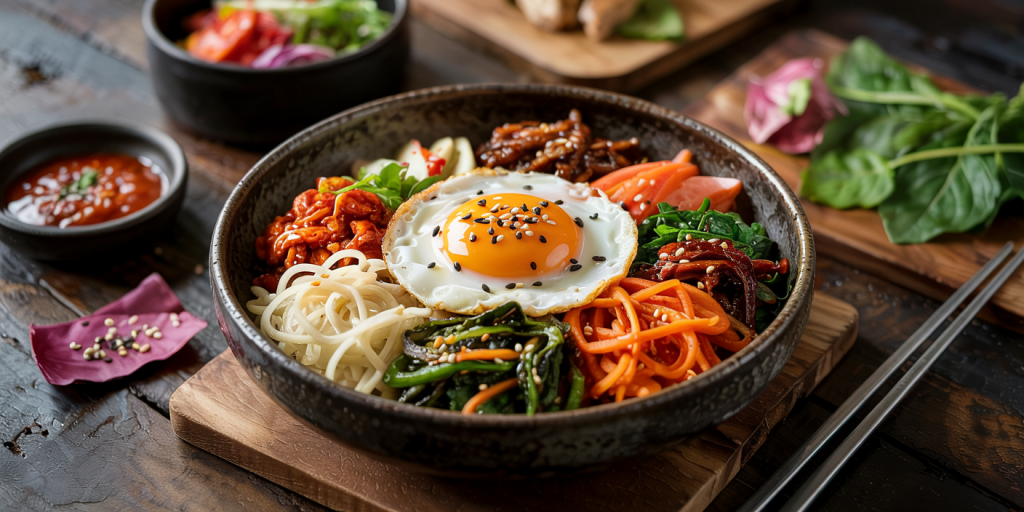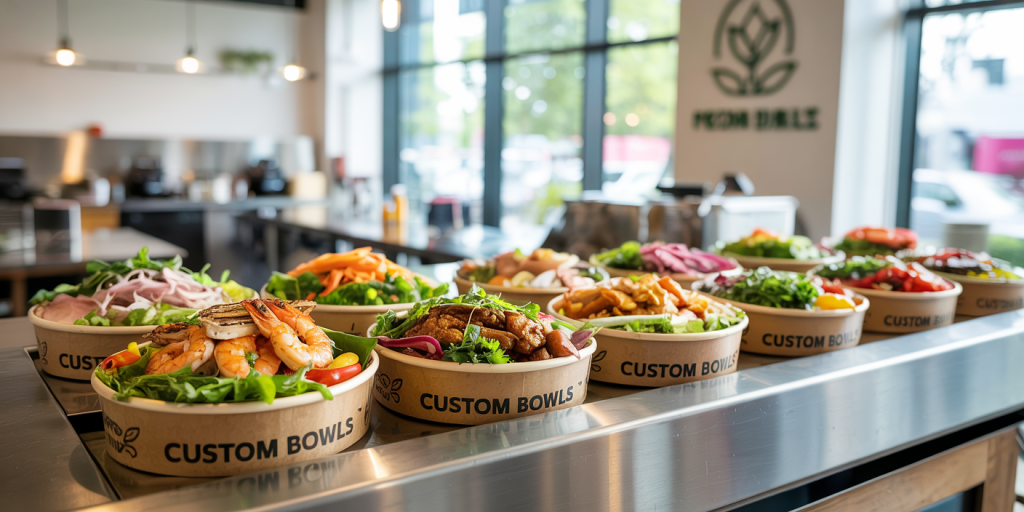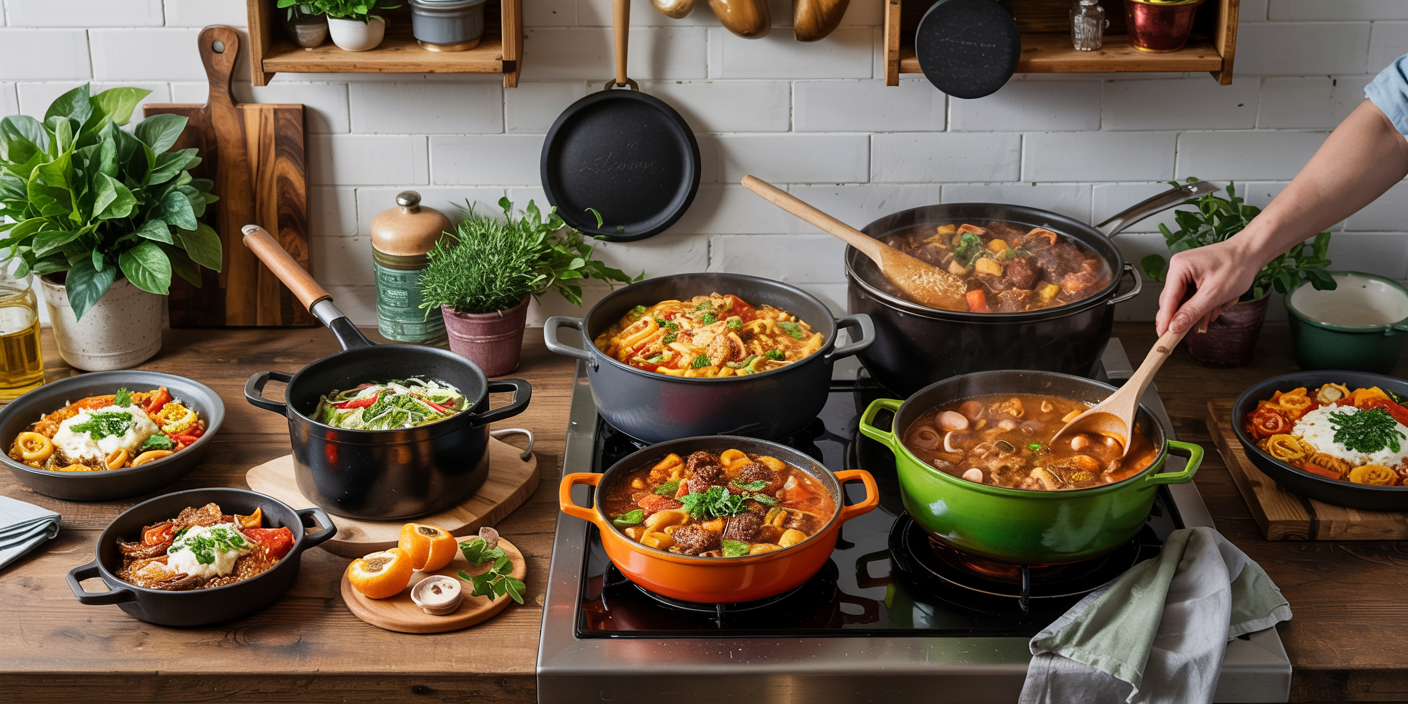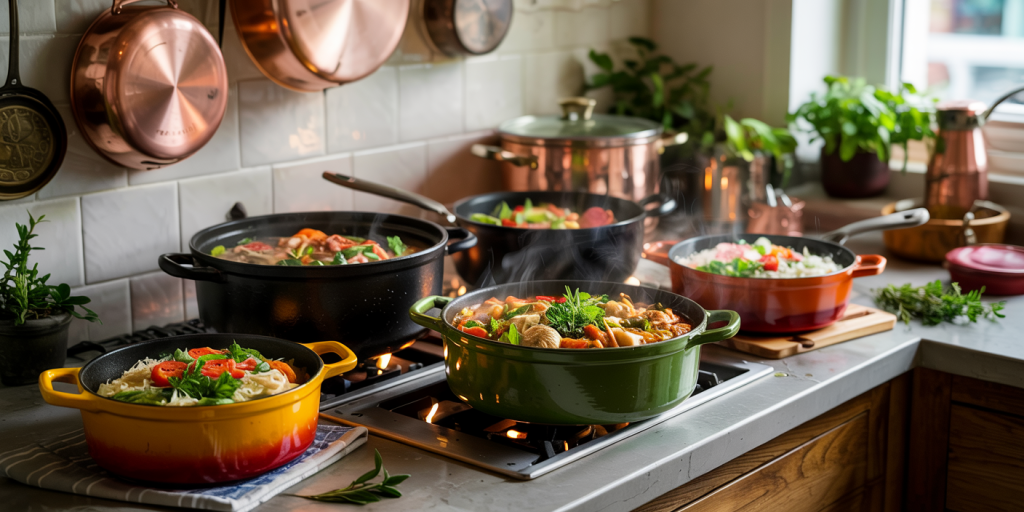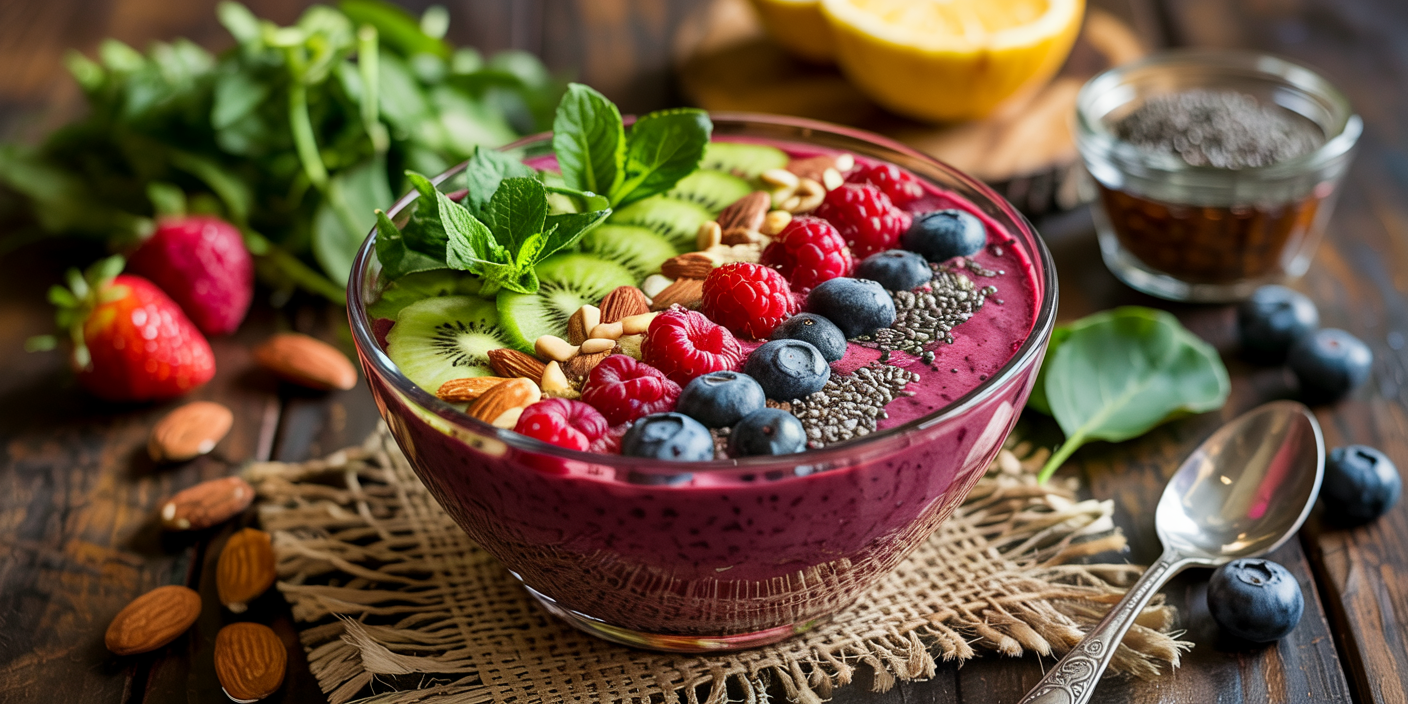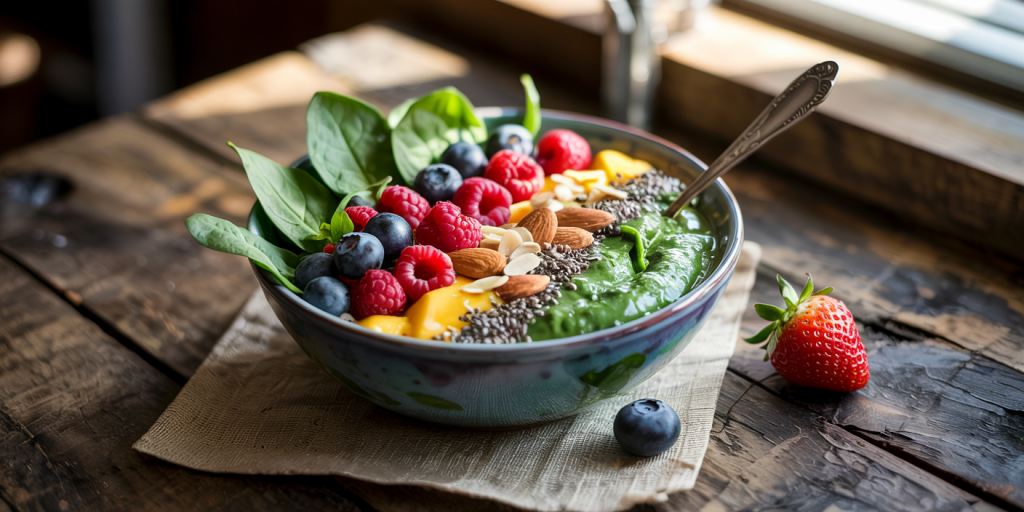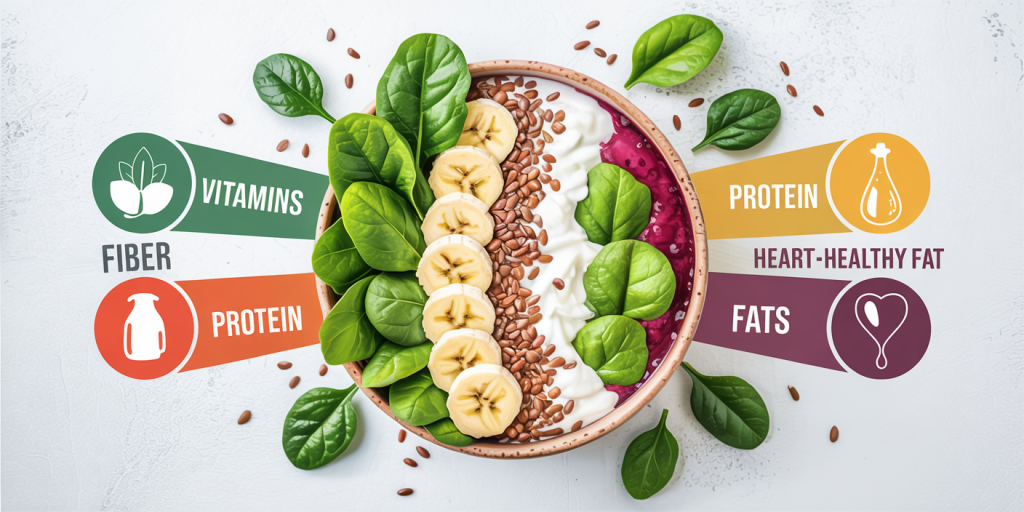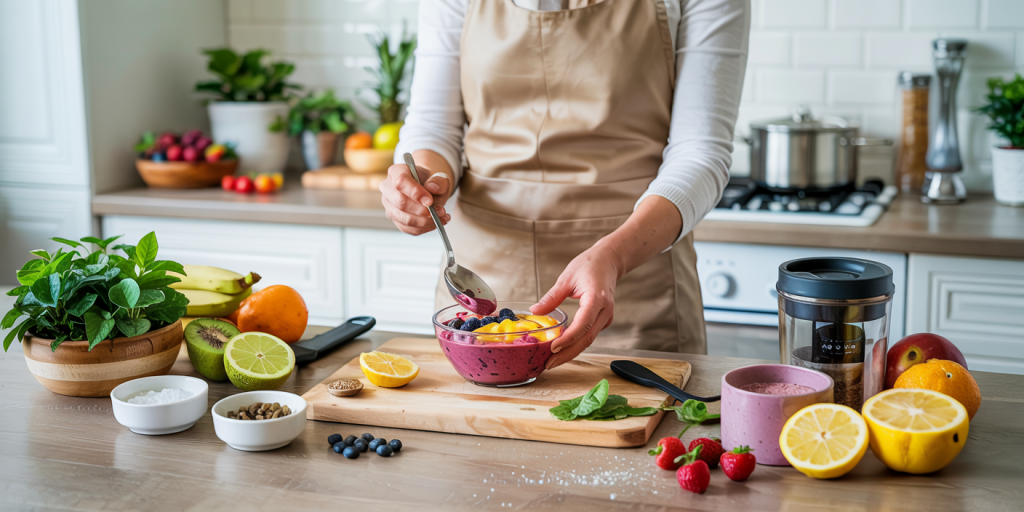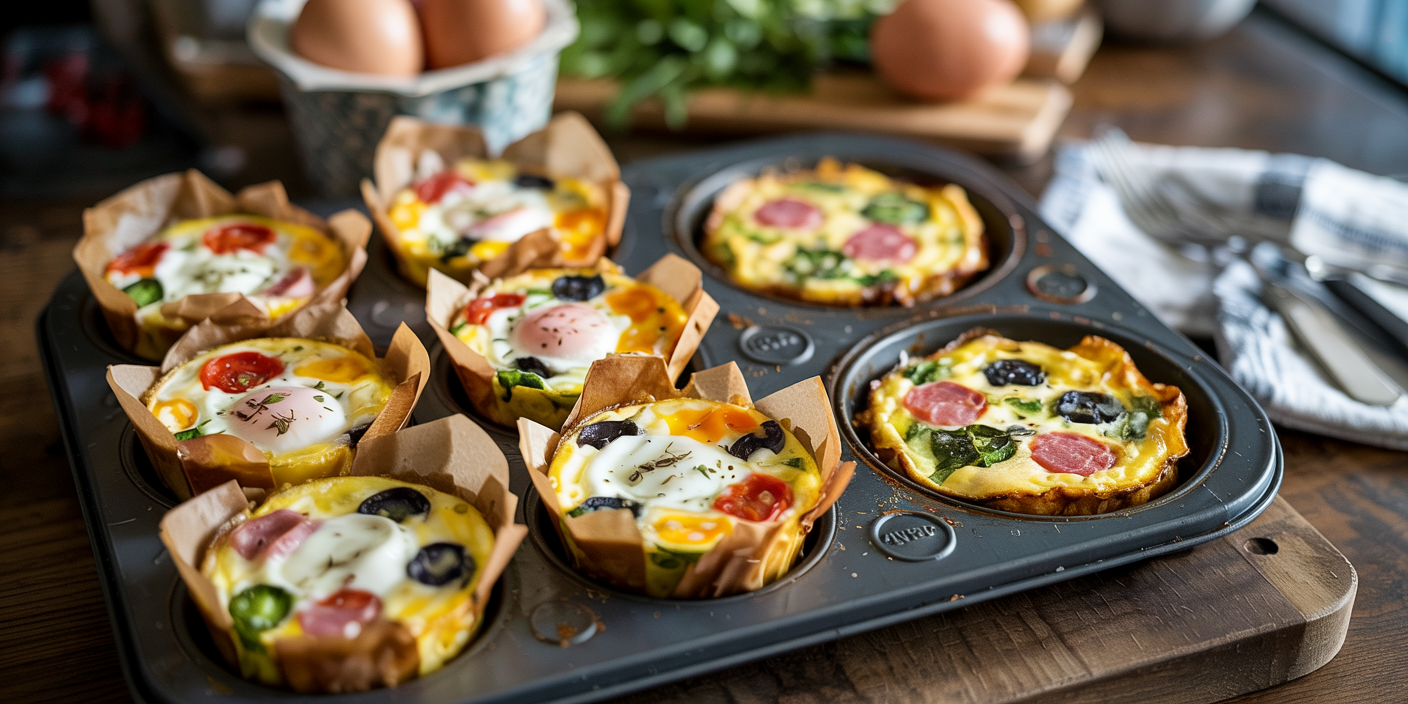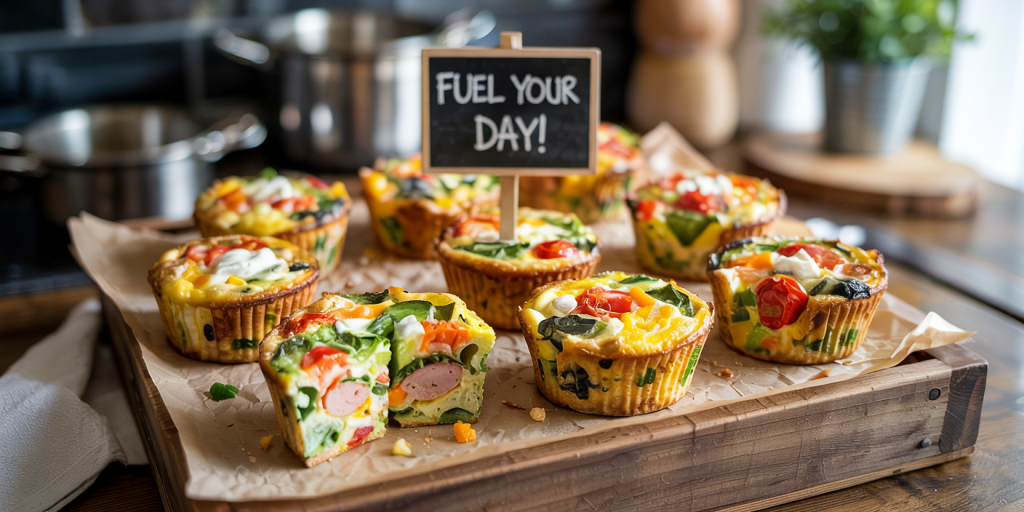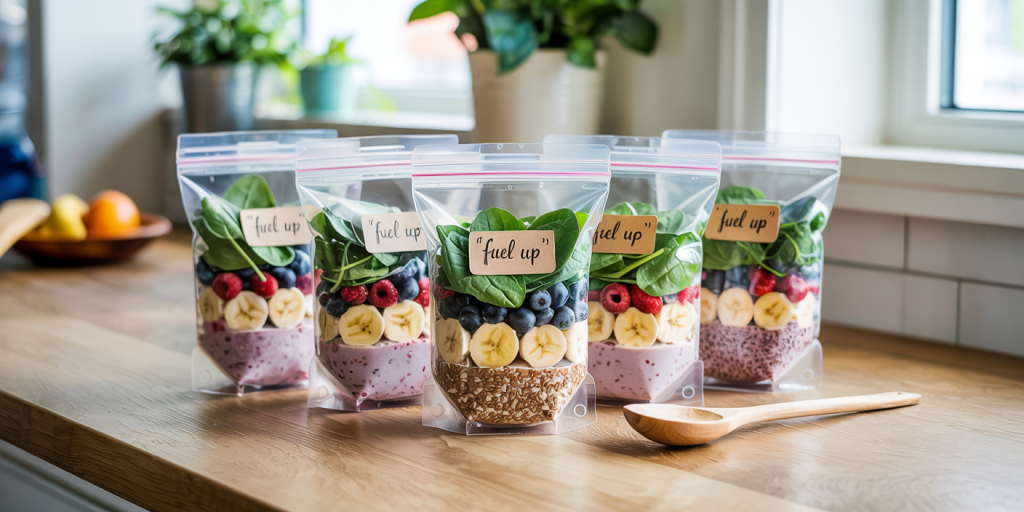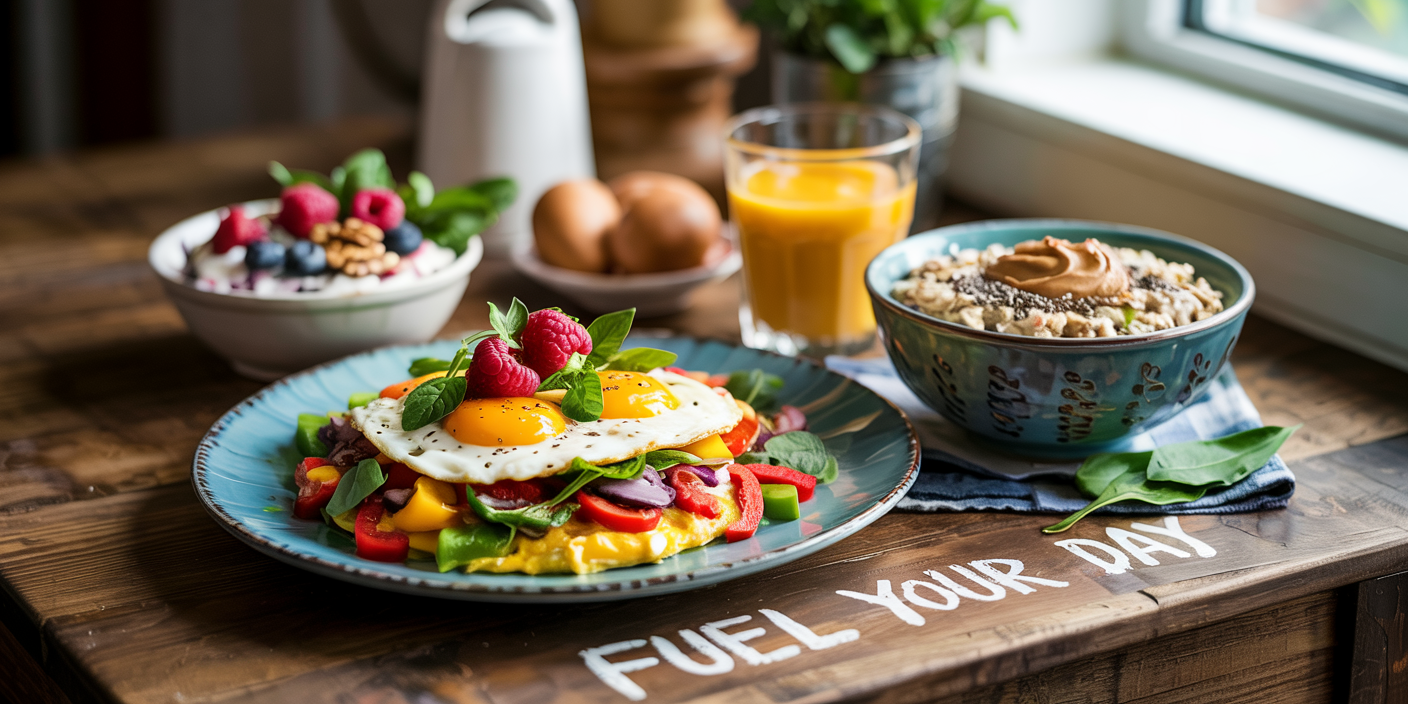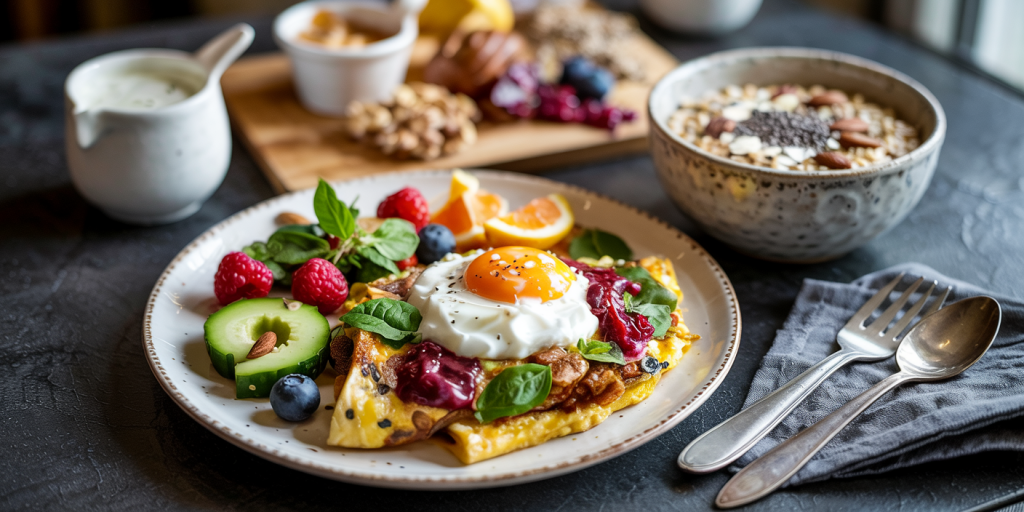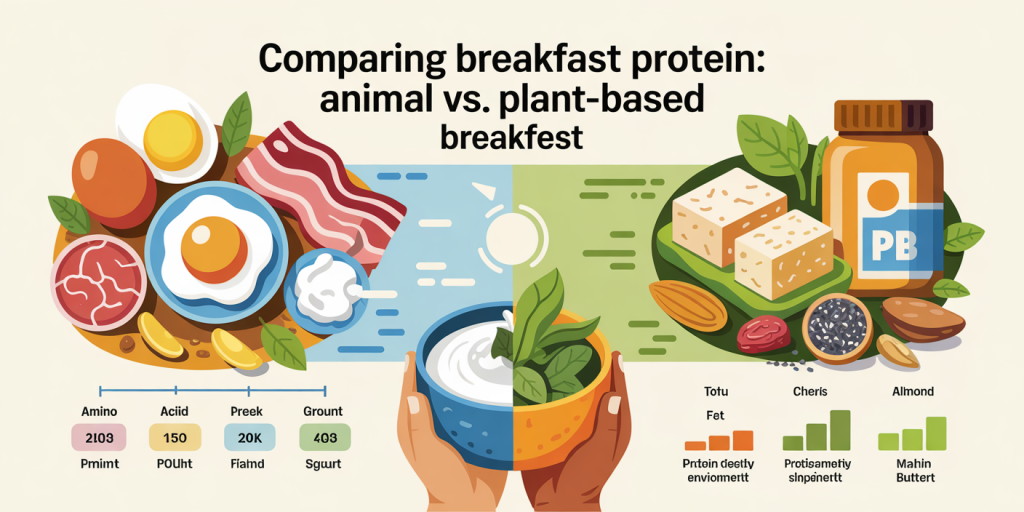The Paleo diet, inspired by the dietary patterns of our Paleolithic ancestors, focuses largely on whole, unprocessed foods such as lean meats, nuts, fruits, and vegetables. Amidst the growing popularity of this lifestyle, finding satisfying, nutritious, and compliant snacks can often be challenging. Paleo snacks not only support sustained energy levels but also adhere to the principles of eliminating processed sugars, grains, and dairy. This article explores a variety of tasty, practical paleo snack options supported by scientific insights and practical examples, designed to fit seamlessly into your everyday routine.
The Nutritional Foundations of Paleo Snacking
Paleo snacks emphasize nutrient density and minimal processing. The core philosophy revolves around foods that existed before the advent of agriculture—primarily meat, seafood, nuts, seeds, fruits, and vegetables. Scientific evidence supports the benefits of this dietary pattern in reducing inflammation, improving metabolic health, and promoting weight management (Cordain et al., 2005).
For snacking, this means prioritizing foods rich in healthy fats, fiber, and protein, while avoiding processed grains and added sugars. Proteins and fats in paleo snacks contribute to satiety and stable blood sugar levels, preventing the energy crashes typical of high-carb or sugar-based snacks (Lindeberg et al., 2007). Additionally, fruits and nuts provide essential vitamins, antioxidants, and minerals that support overall well-being.
Top Paleo Snack Ideas That Pack a Punch
One of the easiest and most delicious paleo snacks is the combination of mixed nuts and dried fruits. Almonds, walnuts, cashews, and Brazil nuts paired with unsweetened, naturally dried fruits like mango or blueberries create a balanced snack. This blend offers fiber, protein, and healthy fats, essential for cognitive function and sustained energy. For example, a 30-gram serving of almonds contains approximately 6 grams of protein and 3.5 grams of fiber (USDA).
Another excellent option is homemade jerky from grass-fed beef or free-range turkey. Unlike conventional store-bought varieties often laden with preservatives or sugars, homemade jerky delivers high protein content with minimal ingredients. According to the Protein Digestibility-Corrected Amino Acid Score (PDCAAS), beef jerky scores highly for protein quality, making it ideal for muscle repair and prolonged satiety.
For those who prefer a vegetable-based snack, raw or roasted kale chips sprinkled with nutritional yeast offer a crunchy, flavorful alternative. Kale, rich in vitamins A, C, and K, combined with nutritional yeast, an excellent B-vitamin source, makes this snack both nutrient-dense and delicious.
Practical Preparation Tips for Paleo Snacks
Preparation is key to making paleo snacking both convenient and enjoyable. For instance, roasting nuts at home with a sprinkle of sea salt and herbs not only enhances flavor but preserves nutrients better than commercially roasted options, which may involve oils incompatible with the paleo lifestyle.
Batch preparation is highly recommended, especially for snacks like energy balls made from dates, nut butters, and unsweetened cacao. These energy balls are easy to store in the refrigerator, making them accessible for busy days. An example recipe includes blending 1 cup of soaked dates with ½ cup of almond butter, 1 tablespoon of cacao powder, and a pinch of sea salt. Rolling the mixture into bite-sized balls creates a sweet, satisfying snack rich in natural sugars and fats without added sugars or gluten.
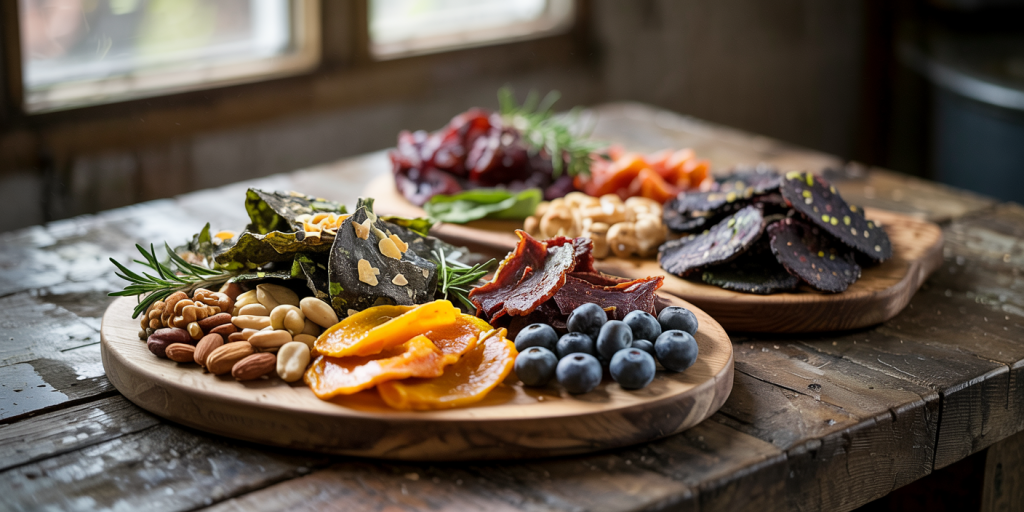
Additionally, for on-the-go paleo snacking, pre-cut vegetables such as celery, carrots, and bell peppers paired with guacamole or homemade salsa provide a fresh and crunchy option rich in fiber and healthy fats — essential for maintaining digestive health and satiety.
Comparative Overview: Paleo vs. Non-Paleo Snacks
To better understand the benefits of paleo snacks, the following comparative table highlights differences between common non-paleo snacks and their paleo counterparts:
| Snack Type | Paleo Snack Example | Non-Paleo Snack Example | Key Nutritional Differences |
|---|---|---|---|
| Protein-based | Grass-fed beef jerky | Processed meat sticks | Paleo version has no added sugars or preservatives |
| Nut-based | Roasted mixed nuts | Salted, honey-coated nuts | Paleo snacks are free from refined sugars and additives |
| Fruit-based | Unsweetened dried mango | Candied dried fruit | Paleo fruit contains natural sugars without added sweeteners |
| Vegetable-based | Kale chips with nutritional yeast | Potato chips | Paleo options are nutrient-dense and lower in unhealthy fats |
| Energy bites | Date and almond butter balls | Granola bars with added sugar | Paleo snacks contain fewer additives and refined carbs |
This table illustrates that paleo snacks focus on clean, minimally processed ingredients with enhanced nutrient profiles, conducive to stable energy release and overall health.
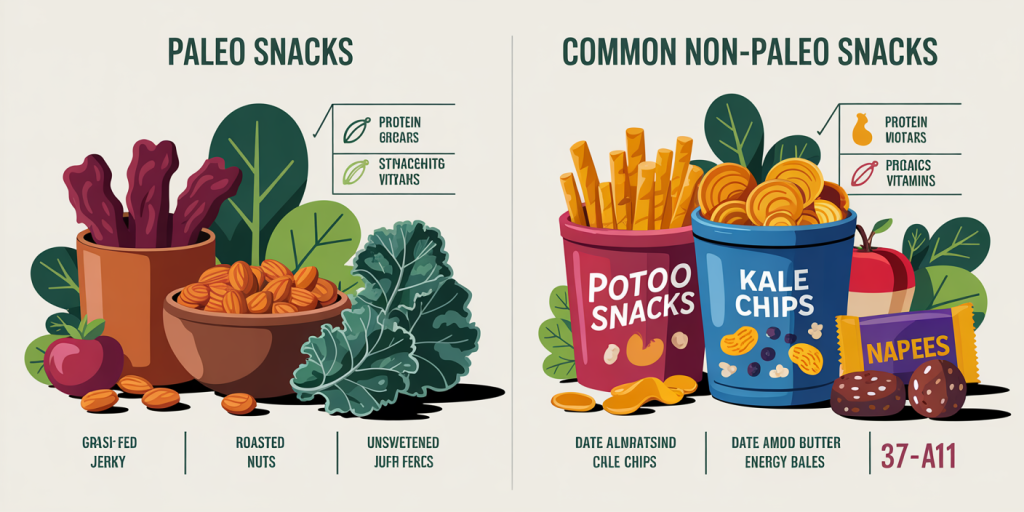

Real-life Success Stories with Paleo Snacking
Several individuals have reported significant improvements in energy, weight management, and satiety by adopting paleo-friendly snacking routines. For example, Sarah, a 35-year-old marketing executive, struggled with energy slumps caused by conventional sugary snacks. By replacing candy bars with homemade nut and date energy balls, she noted increased productivity and steady energy throughout her workday.
Similarly, a recent case study from a wellness clinic documented the experience of Mark, a fitness enthusiast who switched to grass-fed jerky and raw vegetables for snacks. Over six months, Mark experienced improved muscle recovery, stable blood glucose levels, and reduced cravings, correlating with the paleo snacks he incorporated.
These real-world examples reinforce clinical findings about the benefits of a paleo approach to nutrition, including improved insulin sensitivity and reduced inflammatory markers (Frassetto et al., 2009).
Future Perspectives: Evolving Trends in Paleo Snacking
The landscape of paleo snacking is evolving with innovation and growing market demand. Advances in food technology have enabled the creation of paleo-compliant snacks that maintain freshness, nutrient density, and taste. Startups and health-focused brands are developing vacuum-sealed, additive-free snacks such as coconut crisps, seaweed sheets, and plant-based protein chips that align with paleo values.
Emerging research emphasizes the significance of gut microbiota and its role in metabolism, immunity, and mood regulation. Future paleo snacks may focus more heavily on prebiotic-rich ingredients like jicama crisps, fermented vegetables, or nut butters enhanced with fiber. Such developments could potentiate the benefits of paleo snacking beyond simple nutrition to influence gut health and systemic wellness.
Moreover, trends towards sustainability and ethical sourcing are increasingly driving consumer choices. Paleo snack brands that prioritize regenerative agriculture and environmental preservation are poised to attract conscientious consumers, blending health goals with ecological responsibility.
—
Paleo snacks offer a diverse and delicious spectrum of choices that satisfy nutritional needs while honoring ancestral dietary principles. Through practical examples, comparative insights, and ongoing innovation, these snacks continue to empower individuals on their journey toward improved health and vitality.
—
References: Cordain, L., et al. (2005). Origins and evolution of the Western diet: health implications for the 21st century. *The American Journal of Clinical Nutrition*, 81(2), 341-354. Frassetto, L. A., et al. (2009). Metabolic and physiologic improvements from consuming a Paleolithic, hunter-gatherer type diet. *European Journal of Clinical Nutrition*, 63(8), 947-955. Lindeberg, S., et al. (2007). A Palaeolithic diet improves glucose tolerance more than a Mediterranean-like diet in individuals with ischemic heart disease. *Diabetologia*, 50(9), 1795-1807. United States Department of Agriculture (USDA). FoodData Central. https://fdc.nal.usda.gov/
